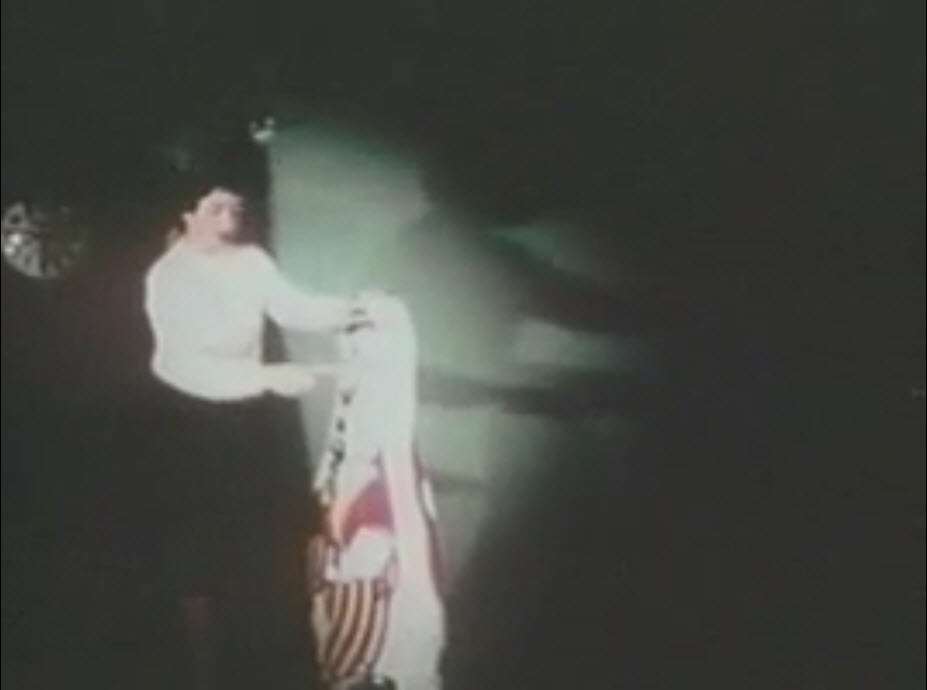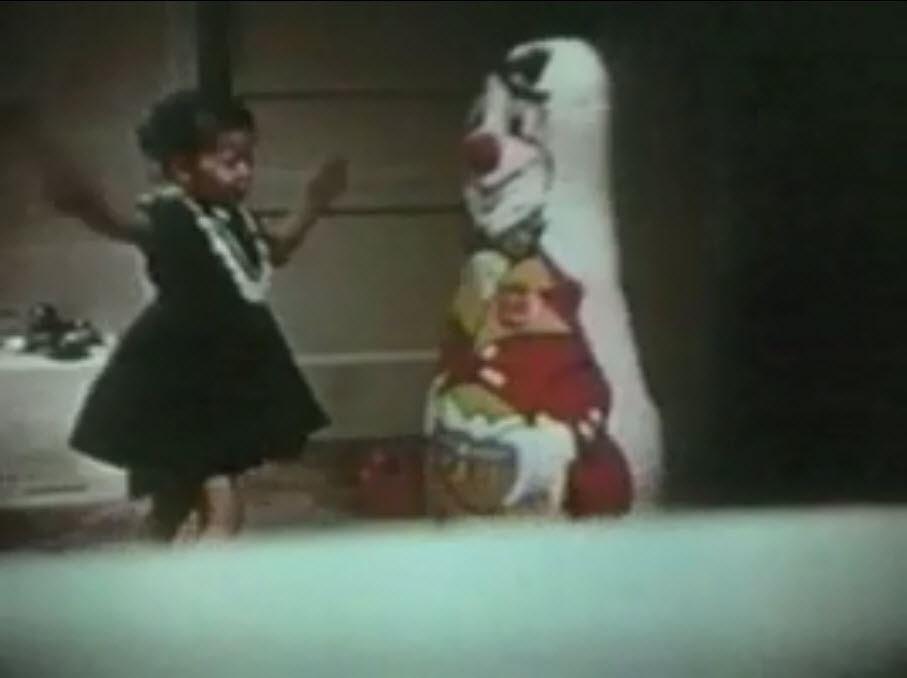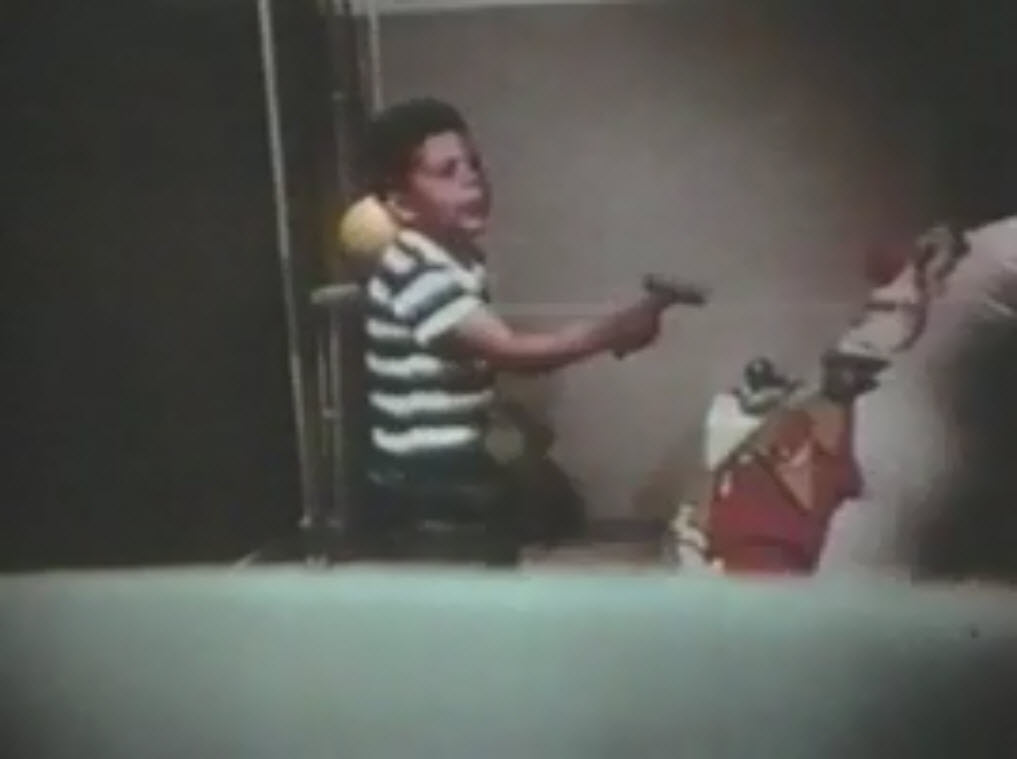Chapter 59. Bandura’s Bobo Doll Experiment
Learning Objectives

Describe the results of the Bobo Doll experiment.
Contrast operant conditioning and observational learning.
Review
Review
Select the NEXT button to continue with the Review.
1. When Albert Bandura began his research on aggression, most psychologists believed that animals (including humans) could only learn through direct experience—by performing an action and then being rewarded or punished. This process is called operant conditioning.
Review
Review
Select the NEXT button to continue with the Review.

2. Bandura's contribution was to show that children can learn by simply watching another person perform a behavior. This is called modeling or observational learning.
Review
Review
Select the NEXT button to continue with the Review.

3. In Bandura’s most famous experiment, young children watched an adult behave aggressively toward a large inflatable doll called a “Bobo doll.”
Review
Review
Select the NEXT button to continue with the Review.

4. Later, the researchers intentionally frustrated the children by taking away their toys, and then left each child alone in a room with the doll. The children imitated the specific actions of the adult model, which included some unusual ways of hitting the doll.
Review
Review
Select the NEXT button to continue with the Review.

5. Bandura also found that exposure to an aggressive model has a general arousing effect on children, leading them to invent their own novel forms of violent behavior that go beyond mere imitation of the adult model.
Practice 1: Adult Model
Practice 1: Adult Model
Play the video clip. As you watch the adult model, pay close attention to the model’s actions. After the clip ends, select the check boxes next to the specific aggressive behaviors you observed. Then, select the CHECK ANSWER button.
Practice 2: Child 1 ― Boy
Practice 2: Child 1 ― Boy
Play the video clip to watch one child who saw the adult model act aggressively toward the Bobo doll. As you watch the young boy, pay close attention to his actions. After the clip ends, select the check boxes next to the specific aggressive behaviors you observed. Then, select the CHECK ANSWER button.
Practice 3: Child 2 ― Girl
Practice 3: Child 2 ― Girl
Perhaps you weren’t surprised that the boy imitated the model. But would girls do the same? Play this video clip of another child who saw the adult model act aggressively toward the Bobo doll. As you watch the young girl, pay close attention to her actions. After the clip ends, select the check boxes next to specific aggressive behaviors you observed. Then, select the CHECK ANSWER button.
Quiz 1
Quiz 1
Drag each term to the appropriate description. When all the terms have been placed, select the CHECK ANSWER button.
Quiz 2
Quiz 2
Choose the best answer for this question. Then, select the CHECK ANSWER button.
Conclusion
















